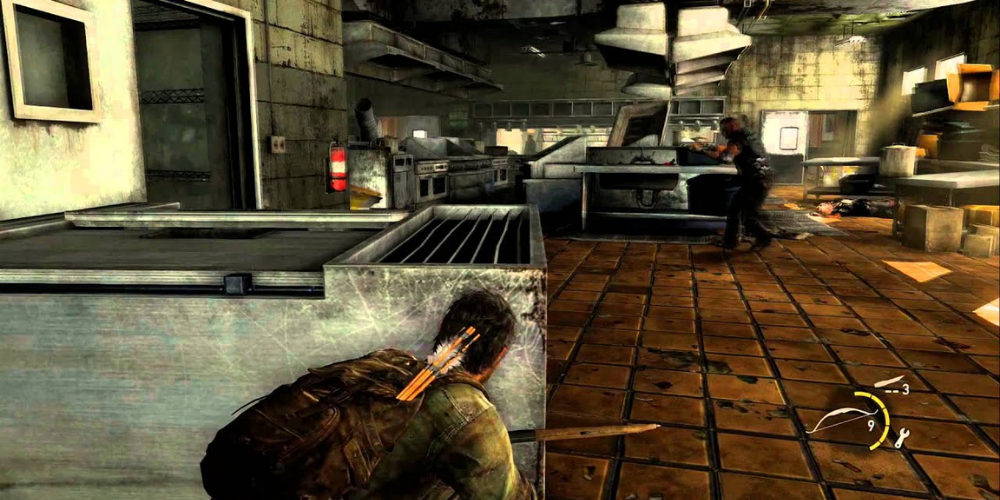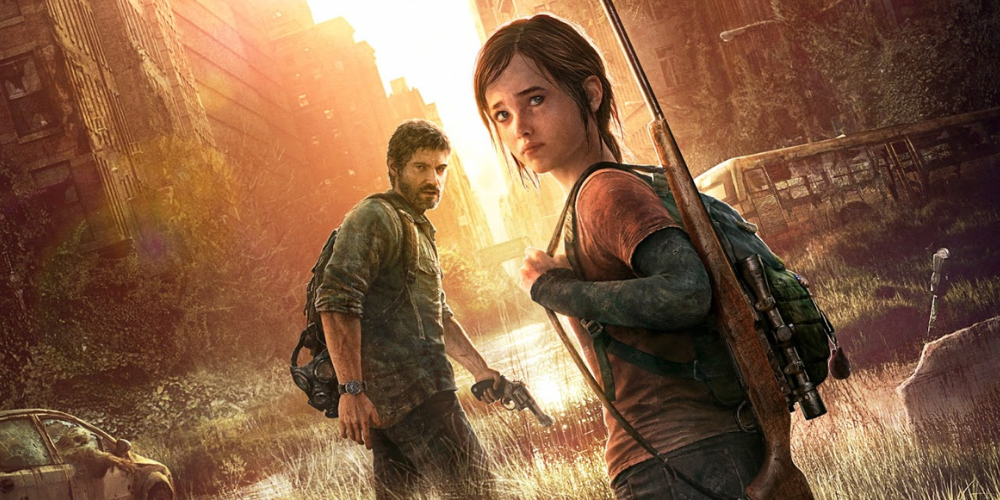Behind the Scenes: The Making of The Last of Us Part II
- Jan 23, 2024
- 941

The journey into the desolate yet profoundly human world of The Last of Us Part II is an unforgettable odyssey. Naughty Dog, the renowned studio behind this masterpiece, embarked on an ambitious path to transcend the boundaries of interactive storytelling and gaming technology. This article pulls back the curtain to reveal the passion, creativity, and groundbreaking work that went into crafting one of the most anticipated sequels in video game history.
Concept and Ideation
The inception of The Last of Us Part II was rooted in the success and narrative conclusion of its predecessor. At the heart of this new chapter was a desire to explore deeper themes of vengeance, morality, and the consequences of one's actions. Creative Director Neil Druckmann, alongside the Naughty Dog team, spent countless hours in brainstorming sessions, sketching the framework of a story that would challenge players' perceptions and evoke deep emotional responses.
The Vision

Druckmann emphasized the importance of evolving the characters and the world in a believable and compelling way. The aim was not just to create a sequel that lived up to the original but to forge an experience that would stand on its own as a masterpiece of narrative depth and complexity. The story of Ellie's transformation and journey for retribution became a focal point, pushing the boundaries of character development in video games.
Art and Design
The visual and environmental storytelling in The Last of Us Part II required a harmonious blend of artistry and technical innovation. Art Director John Sweeney and his team envisioned a post-apocalyptic world that was both hauntingly beautiful and filled with the remnants of a shattered civilization. The attention to detail in the game's settings—from the lush, overgrown cityscapes of Seattle to the decrepit ruins of buildings—was meticulously planned and executed.
Character Models and Animation
A significant part of bringing the story to life was the creation of realistic characters. The game's protagonists, Ellie and Joel, underwent a detailed design process to accurately reflect their aged appearance and emotional evolution. Advanced motion capture technology played a pivotal role in capturing the nuanced performances of actors Ashley Johnson (Ellie) and Troy Baker (Joel). The team's dedication to authenticity extended to the inclusion of complex facial animations and body language, offering a window into the characters' souls.
Technical Innovation
Pushing the boundaries of the PlayStation 4's capabilities was a priority for the development team. This ambition led to significant advancements in game physics, lighting, and environmental interactions. Programmers and engineers collaborated closely with designers and artists to implement dynamic weather systems, realistic water effects, and intricate soundscapes that immersed players in the game's world.
AI and Gameplay Mechanics
The Last of Us Part II introduced new levels of tactical depth and realism through its enhanced AI and refined gameplay mechanics. Enemies displayed unprecedented levels of intelligence and adaptability, requiring players to be strategic and resourceful. The expansion of Ellie's skills and abilities, coupled with a more varied and interactive environment, offered fresh challenges and ways to navigate the dangers of the post-apocalyptic world.
Music and Sound Design
The auditory experience of The Last of Us Part II was crucial in conveying the emotional undertones of the story. Composer Gustavo Santaolalla returned to score the sequel, weaving his hauntingly beautiful melodies with the narrative's highs and lows. The sound design team worked meticulously to capture the essence of the game's environments, from the eerie silence of abandoned buildings to the intensity of confrontations with hostile survivors and infected creatures.
Creating an Emotional Soundscape
The collaboration between Santaolalla and the sound team aimed to create an immersive soundscape that would resonate with players on a visceral level. The use of dynamic sound mixing and environmental acoustics played a key role in enhancing the sense of presence and emotional engagement, making every encounter, whether peaceful or perilous, a profound auditory experience.
Challenges and Triumphs
The development of The Last of Us Part II was not without its hurdles. Balancing the ambitious narrative and gameplay elements while staying true to the essence of the original game posed a significant challenge. The team faced long development cycles, technical limitations, and the pressure of high expectations from fans and critics alike.
The Reward of Perseverance
Despite the obstacles, the passion and commitment of the Naughty Dog team culminated in the release of a game that exceeded expectations. The Last of Us Part II was met with critical acclaim, celebrated for its deep narrative, stunning visuals, and innovative gameplay. The game's success stands as a testament to the art of video game development, proving that with vision, talent, and determination, the creation of interactive storytelling can rival the emotional impact of cinema and literature.
Conclusion
The making of The Last of Us Part II is a monumental achievement in the realm of video games. Behind its creation lies a tale of unwavering dedication and groundbreaking innovation. From its inception to its release, every facet of the game was crafted with the utmost care and precision, resulting in a masterpiece that will be remembered for years to come. The journey behind the scenes is a reminder of the incredible potential within the industry to create worlds that inspire, challenge, and move us in profound ways.

